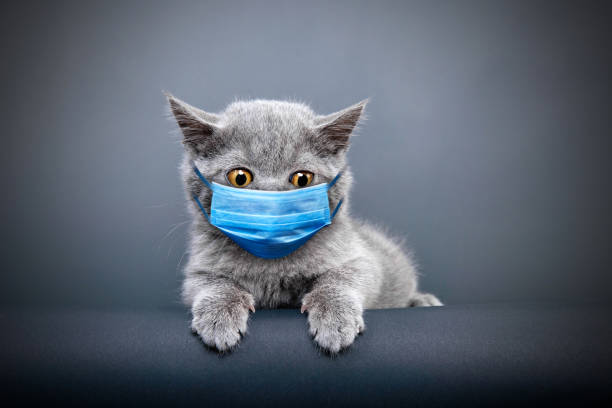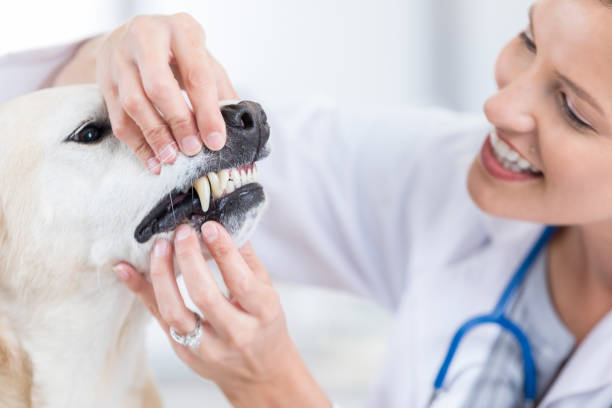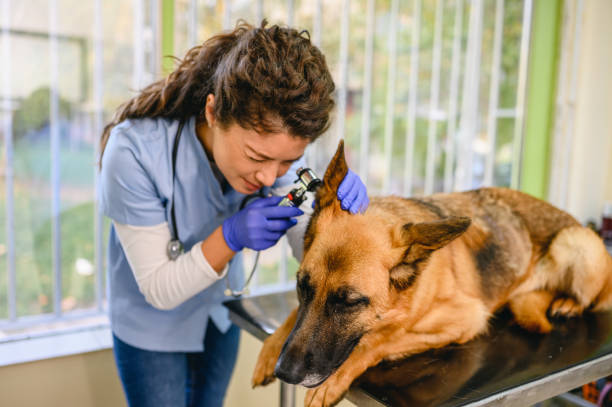Comprehensive Guide to Allergies in Cats: Symptoms, Causes, and Treatments

Cats are cherished partners for tens of millions of people worldwide. However, much like human beings, cats can suffer from hypersensitive reactions that have an effect on their fitness and proper well-being. If you've observed your tomcat friend scratching excessively, sneezing, or displaying other unusual behaviors, it is probably time to investigate whether or not they have an allergy. In this newsletter, we’ll delve into the arena of cat allergic reactions—what causes them, how to discover signs, and what treatments are available.
What Are Cat Allergies?
Allergies arise when a cat's immune device overreacts to materials (allergens) that might be generally harmless. These allergens can come from various sources, consisting of meals, environmental elements, or maybe parasites. While a few allergic reactions may additionally motivate mild discomfort, others can cause more intense troubles if left untreated.
Common Types of Allergies in Cats
Environmental Allergies
Environmental hypersensitive reactions, additionally referred to as atopy, result from exposure to airborne debris together with pollen, dirt mites, mold spores, and perfumes. Seasonal allergies frequently fall below this category, with signs worsening throughout particular times of the 12 months.Food Allergies
Food allergic reactions get up when a cat develops sensitivity to certain elements of their diet. Common culprits include proteins like chicken, beef, dairy, fish, and eggs. Unlike meal intolerances, which involve digestive issues, food hypersensitive reactions trigger an immune response.Flea Allergies
Flea allergy dermatitis (FAD) is one of the most common skin conditions in cats. It takes place when a cat becomes hypersensitive to flea saliva after being bitten. Even a single flea chunk can cause extreme itching and inflammation.Contact Allergies
Contact allergies happen when a cat’s pores and skin come into direct contact with irritants like cleaning products, fabric, or flora. This form of allergic reaction is not unusual but still feasible.
Recognizing Symptoms of Allergies in Cats
Identifying hypersensitive reactions in cats can, from time to time, be difficult because the signs overlap with those of different situations. Here are some signs to watch out for:
Excessive Scratching or Grooming: Persistent licking, biting, or scratching around the ears, face, neck, or base of the tail.
Hair Loss: Bald patches because of steady grooming or skin inflammation.
Skin Irritation: Redness, swelling, rashes, or scabs on the skin.
Ear Infections: Frequent ear infections or head shaking.
Respiratory Issues: Sneezing, coughing, wheezing, or runny eyes.
Gastrointestinal Problems: Vomiting, diarrhea, or excessive fuel resulting from food allergies.
If you observe any of those symptoms, consult your veterinarian promptly to decide the underlying purpose.
Diagnosing Cat Allergies
To diagnose hypersensitive reactions in cats, veterinarians use numerous techniques:
Physical Examination: A thorough examination facilitates ruling out other possible causes of the signs and symptoms.
Dietary Trials: For suspected food hypersensitive reactions, vets advocate removal diets in which all preceding foods are removed and replaced with hypoallergenic alternatives.
Intradermal Skin Testing: This check includes injecting small quantities of allergens into the skin to study reactions.
Blood Tests: Blood exams measure antibody levels to discover specific allergens causing reactions.
Fecal Examinations: To check for parasitic infestations, especially fleas.

Treating and Managing Cat Allergies
While there may be no permanent treatment for hypersensitive reactions, coping with them efficaciously can appreciably improve your cat's high quality of existence. Below are a few remedy alternatives:
Avoidance
The nice way to manage hypersensitive reactions is to minimize exposure to allergens. For instance:
- Use air purifiers to reduce indoor allergens
- Regularly wash bedding and vacuum carpets to get rid of dirt mites
- Switch to hypoallergenic shampoos and grooming merchandise
- Keep your cat indoors throughout high-pollen seasonsMedication
Your vet may also prescribe medicines to alleviate signs and symptoms:
- Antihistamines: Help control itching and infection
- Steroids: Provide quick-term relief for extreme instances but ought to be used carefully because of side outcomes
- Immunotherapy: Gradual desensitization through injections or oral drops to build tolerance against specific allergensDietary Changes
For food allergic reactions, switching to a singular protein eating regimen or hydrolyzed protein method could make a massive distinction. Always seek advice from your vet before making sizeable dietary changes.Flea Control
Preventive measures like topical treatments, collars, or oral medicinal drugs can protect your cat from flea bites and next hypersensitive reactions.Natural Remedies
Some pet owners opt for herbal remedies, together with omega-3 fatty acids, coconut oil, or herbal dietary supplements, to aid skin health and enhance immunity. However, usually discuss these alternatives with your vet first.
Preventing Allergies in Cats
While not all hypersensitive reactions may be prevented, taking proactive steps can reduce the likelihood of flare-ups:
Maintain a clean home environment.
Feed your cat incredible, balanced meals.
Schedule normal veterinary check-ups to screen average health.
Practice excellent flea prevention strategies year-round.
Conclusion
Allergies in cats can range from mildly traumatic to seriously debilitating; however, with proper analysis and management, you could help your hairy pal stay comfortable. By knowing how the different types of hypersensitive reactions work, spotting signs early, and working intently together with your veterinarian, you can make sure your cat enjoys a glad, healthy life unfastened from pointless pain. Remember, every cat is particular, so tailor your method primarily based on your puppy's personal needs.
Latest Posts

Comprehensive Guide to Anemia in Dogs: Symptoms, Causes, and Treatment
Discover the causes, symptoms, and treatment options for anemia in dogs. Learn how to recognize signs early and keep your furry friend healthy with t…

Guide to Caring for Your Dog After Tooth Extraction: Expert Tips & Advice
Learn how to attend to your dog after a tooth extraction with our expert guide. Discover essential suggestions for postoperative care, pain control, …

Comprehensive Guide to Treating Dog Ear Infections: Symptoms, Causes, and Prevention
Discover the way to effectively treat and save your canine ear infections with this complete guide. Learn about symptoms, reasons, prognosis, and tre…




